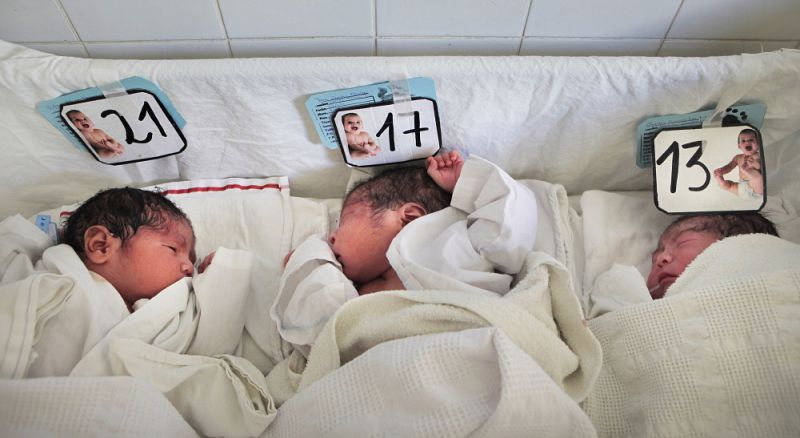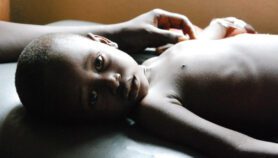By: Barbara Axt
Send to a friend
The details you provide on this page will not be used to send unsolicited email, and will not be sold to a 3rd party. See privacy policy.
Standard charts for foetal growth may be inaccurate for non-white mothers, says a study led by the US National Institutes of Health (NIH).
But other researchers say there is no scientific basis for using different growth charts based on ethnicity.
In the study, published in the October issue of the American Journal of Obstetrics & Gynecology, the researchers followed the pregnancies of 1,700 healthy women in the United States from four ethnic groups: Asian, black, Hispanic and white. Using ultrasounds at different times during the pregnancy, the scientists took several measurements of the foetuses, such as their head circumference and femur length, and used this to estimate their weight.
“The concept [of growth charts based on ethnicity and race] is contradicted by the overwhelming literature.”
José Villar and colleagues
They found that the babies in the four groups grew at different rates, especially after the 20th week of pregnancy. Towards the end of a typical pregnancy, in the 39th week, foetuses of white mothers were the largest, with an average estimated weight of 3,505g, followed by those of Hispanic (3,336g), Asian (3,270g) and black mothers (3,260g), the scientists say.
From the overall weight data, up to 15 per cent of the babies of non-white mothers could be mistakenly considered to be growing poorly. The reason for that discrepancy, the researchers say, is that most growth charts currently in use are based on studies of white babies.
Lead author Germaine Buck Louis, a researcher at the NIH’s Eunice Kennedy Shriver National Institute of Child Health and Human Development, warns that more studies are needed to confirm the findings. “I’m anticipating some strong reactions to the paper, but that is really good, as it keeps the dialogue open,” she says.
José Villar, codirector of the Oxford Maternal and Perinatal Health Institute in the United Kingdom, disagrees with Buck Louis’s analysis. Although the estimated weights of the foetuses in the four groups differ greatly, their bone measurements are very close, says Villar, who leads a research programme called Intergrowth-21st, which analyses healthy populations across the world to set global standards of optimal growth for foetuses, babies and young children.
Using charts based on ethnicity would be doing a disservice to babies in deprived environments, he says: charts should be based on desirable standards for healthy, well-nourished babies, no matter what their ethnicity or country.
“The concept [of growth charts based on ethnicity and race] is contradicted by the overwhelming literature that links physical growth in humans to socioeconomic, environmental, health and nutrition conditions worldwide,” Villar and colleagues wrote in the same journal in July.
References
[1] Germaine Buck Luis and others Racial/ethnic standards for fetal growth: the NICHD Fetal Growth Studies (American Journal of Obstetrics & Gynecology, October 2015)
[2] José Villar and others Monitoring human growth and development: a continuum from the womb to the classroom (American Journal of Obstetrics & Gynecology, July 2015)














